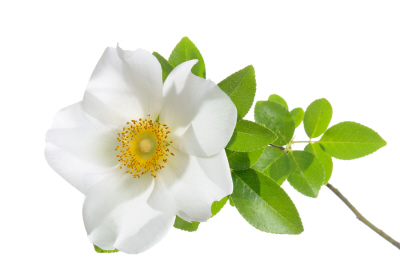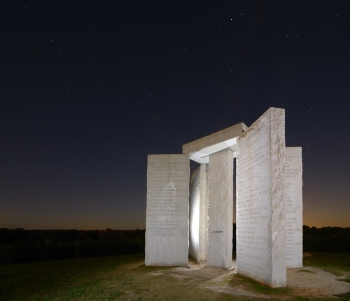
Cherokee Rose © SeanPavonePhoto
The writers’ blog hop simply asks ten questions about your current story, and then you tag five other writer-blogger friends to participate next week. Bethany Jean over at My Saviour My King tagged me. Thanks Bethany!
I’m posting about Across the Wide River, the third novel in my historical series.
1: What is the working title of your book?
Across the Wide River
2: Where did the idea come from for the book?
I’d written the rough draft of High on a Mountain, the first book in the MacLachlainn saga, and titles for three sequels came to me: Deep in the Valley, Across the Wide River, and On the Red Clay Hills. I didn’t know what the stories would be about, but all I need is a title and a keyboard in front of me, and a story will flow.
3: What genre does your book come under?
It’s historical fiction.
4: Which actors would you choose to play your characters in a movie rendition?
I rarely watch television or go to movies, so I’m totally unfamiliar with the current list of popular actors. However, since my most of the characters are Cherokee, I googled Native American actors and picked these (because of copyright constraints, I’m not posting photos of the actors, but links to photos if you’d care to check them out):
Yonvusdi MacLachlainn, the main character, would be played by Eric Schweig http://avalon-medieval.blogspot.com/2010/01/eric-schweig.html
Coinneach MacLachlainn, Yonvusdi’s uncle, would be played by Adam Beach http://en.wikipedia.org/wiki/Adam_Beach
Wayaunega, Coinneach’s uncle, would be played by Wes Studi http://www.imdb.com/name/nm0836071/
Susanne Bertrand would be played by Michelle Trachtenberg http://wallpapersget.com/wp-content/uploads/2012/04/michelle-trachtenberg-girl-beautiful.jpg
5: What is the one-sentence synopsis of your book?
A young boy loses his home when his father dies, and throughout his life, he wants to go home.
6: Is your book self-published, published by an independent publisher, or represented by an agency?
It will soon be self-published (currently being edited).
7: How long did it take you to write the first draft of your manuscript?
I tried to write it during NaNo 2009, completed the 50,000 word challenge, but had not done the research necessary to make the historical part of the story accurate. When I began the research phase, I realized I had to throw out everything I’d written and start over again, which I did about a year ago. With all the interruptions I’ve experienced since I started over, it has taken me about a year to write the first draft (or second draft, if you count the discarded NaNo false start).
8: What other books would you compare this story to within your genre?
That’s a difficult question to answer. There are some elements in Yonvusdi’s childhood with his grandparents in the first part of the book that might be compared to “The Education of Little Tree.” But for the rest of it, which includes the Trail of Tears, for instance, I’m at a loss as to a book to compare it to.
9: Who or what inspired you to write this book?
This is a continuation of the story of Ailean MacLachlainn’s family, and I was inspired to write Ailean’s story by the experience of the Scottish ancestor of a friend of mine.
10: What else about your book might pique the reader’s interest?
One event in the story is one some people have heard of but don’t know much about…the Trail of Tears. Although it’s a painful period in our nation’s history, we need to know what happened then. And I think there’s an inspiring lesson for those who study the history of those days…the Cherokee people suffered the loss of their ancestral lands and lost loved ones (it is estimated that at least 4,000 Cherokees died during The Removal to Oklahoma, and some put that figure as high as 6,000…..and that is out of a population of about 15,000 people). They experienced much hardship, but they didn’t give up. They overcame obstacles that might have destroyed a lesser people, and they survived and are thriving today, both in Oklahoma and North Carolina.
NOTE: The image at the beginning of this post is of the Cherokee Rose. The legend of the Cherokee Rose says that Cherokee mothers cried on the Trail of Tears, and the elders prayed for a sign that would lift the mothers’ spirits. The next day, a beautiful rose began to grow everywhere a mother’s tears fell. The petals were white, representing the mother’s tears, the center of the flower was gold, representing the gold taken from Cherokee lands, and there were seven leaves on each stem, representing the seven clans of the Cherokee. The Cherokee Rose grows wild along the route of the Trail of Tears.





